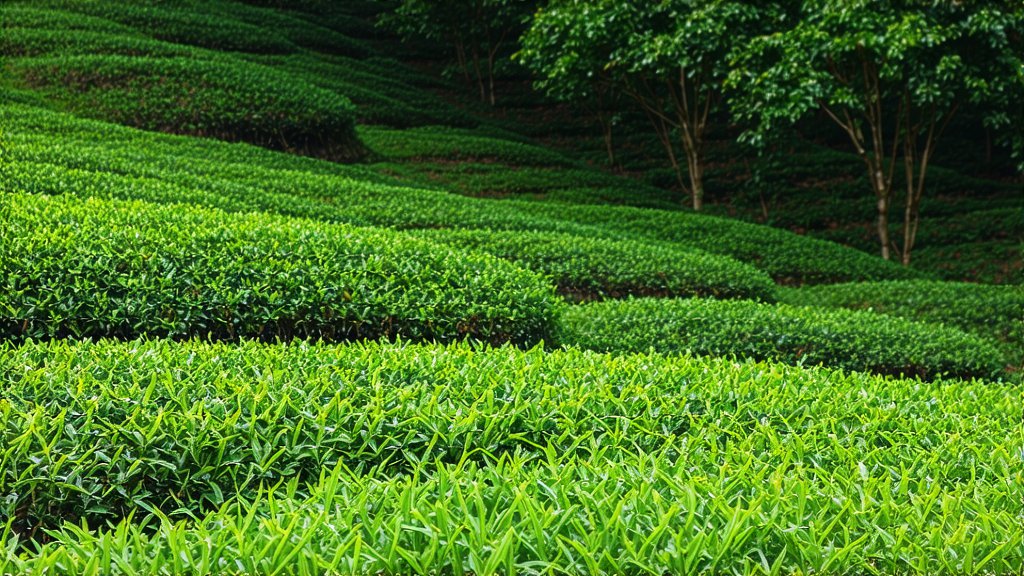
Biluochun, a gem among China's vast array of green teas, has captivated tea enthusiasts for centuries with its delicate flavor and elegant appearance. Originating from the misty hills of Jiangsu Province, this tea carries with it a rich history and a unique character that sets it apart in the world of tea.
The name "Biluochun" translates to "Green Snail Spring," an apt description of the tightly rolled leaves that resemble tiny snail shells. This tea's journey began during the Ming Dynasty (1368-1644), but it was not until the Qing Dynasty (1644-1912) that Biluochun gained widespread acclaim, eventually becoming one of China's ten famous teas. Its reputation spread far and wide, even reaching the courts of emperors who savored its subtle yet complex taste.
There are several sub-varieties of Biluochun, each with its own distinct characteristics. The most renowned is the "Meixian Biluochun," which hails from the picturesque Meixian region. Other notable types include the "Dongzhu Biluochun" and the "Qianshan Biluochun." Each variety boasts a slightly different flavor profile, influenced by factors such as soil composition, climate, and harvesting time.
The production of Biluochun is a meticulous process that requires great skill and attention to detail. It all begins with the careful selection of tender young leaves and buds, typically picked in early spring when the tea plants are at their freshest. These leaves are then quickly steamed to prevent oxidation, a process that preserves the vibrant green color and fresh aroma of the tea.
After steaming, the leaves are gently rolled into their characteristic spiral shape, a technique that not only enhances the tea's visual appeal but also helps to release the natural flavors. The rolling process is followed by drying, which further locks in the tea's delicate fragrance and ensures its longevity.
To fully appreciate the nuances of Biluochun, proper brewing is essential. Start by heating water to around 75-80 degrees Celsius (167-176 degrees Fahrenheit). Use a glass or porcelain teapot to allow for optimal viewing of the leaves unfurling. Place about 2 grams of tea per 100 milliliters of water, and let the tea steep for approximately 2-3 minutes. Oversteeping can result in a bitter taste, so it's crucial to find the perfect balance.
When it comes to tasting Biluochun, there are a few key steps to follow. Begin by observing the tea's appearance – the tightly rolled leaves should gradually unfurl, revealing their vibrant green hue. Next, inhale deeply to appreciate the fresh, vegetal aroma with hints of chestnut and sweet corn.
As you take your first sip, notice the smooth, slightly sweet flavor that dances on your palate. Biluochun is known for its light, refreshing taste with a subtle umami finish. The texture is silky, and the aftertaste lingers pleasantly, inviting you to take another sip.
In conclusion, Biluochun is more than just a tea; it's a cultural experience that connects us to China's rich heritage and artistic traditions. Whether you're a seasoned tea connoisseur or a curious newcomer, exploring the world of Biluochun promises a delightful journey of discovery and appreciation for one of nature's finest gifts.